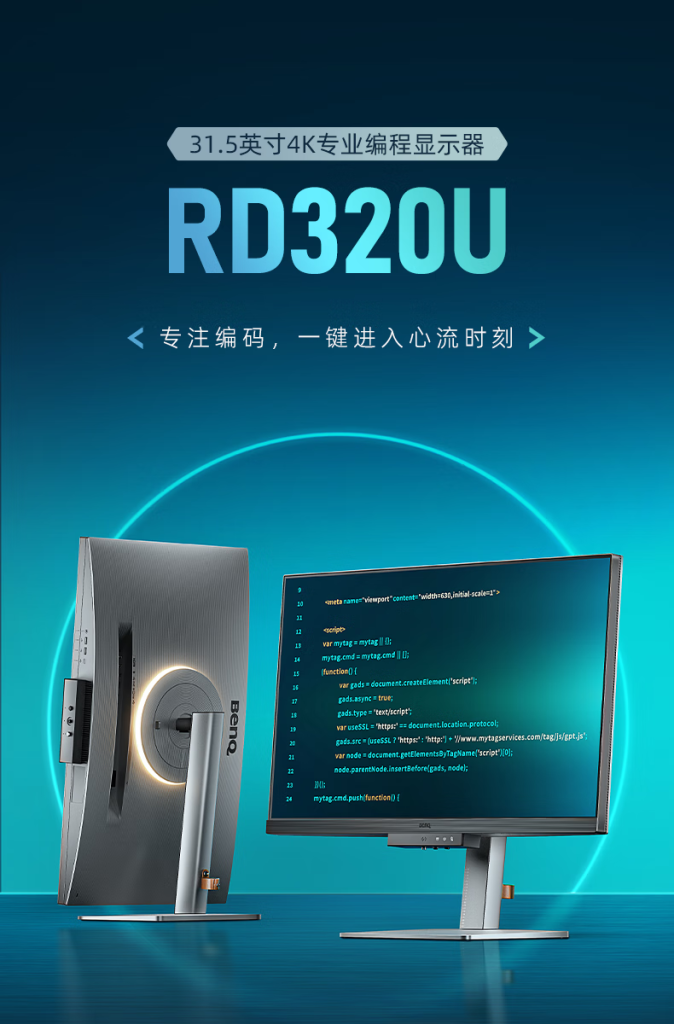OnePlus is ready to launch its Ace 5 series next week, featuring two models: the OnePlus Ace 5 and the OnePlus Ace 5 Pro. Both smartphones are tailored for those who love performance and gaming, introducing an exciting new function—bypass charging. This innovation aims to improve gaming by optimizing how the battery is used and decreasing heat during demanding tasks. You can see how well the OnePlus Ace 5 performs in games here.
Understanding Bypass Charging
Bypass charging means the device can take power straight from the adapter, skipping the battery when the phone is under heavy use. This is really helpful for gaming, which can drain power fast. Not using the battery while gaming helps keep the battery healthy and lowers heat, making gameplay smoother.
Recently, tipster Digital Chat Station shared an image showing OnePlus’s official description of this feature. The translated text states: “Bypass power supply supplies shunt power directly to the game, which can reduce the heat of the device. The bypass power supply stops after exiting the game.” This indicates that bypass charging is focused on improving heat management and maintaining high performance during gaming without stressing the battery too much. Notably, gameplay tests of the OnePlus Ace 5 have shown that the Snapdragon 8 Gen 3 chip performs better than expected.
Specifications of the OnePlus Ace 5 Series
Both the OnePlus Ace 5 and Ace 5 Pro are quite similar in their design and features. They both have a stylish 6.78-inch display with a 1.5K resolution, using an 8T LTPO panel covered by Crystal Shield glass. The devices also feature a metal middle frame and OnePlus’s well-known three-stage alert slider.
While the designs are alike in both models, the main differences are in their processors, battery sizes, and how fast they charge. The OnePlus Ace 5 is driven by the Snapdragon 8 Gen 3 chipset, with a 6415mAh battery and 80W fast charging. In contrast, the OnePlus Ace 5 Pro comes with the more robust Snapdragon 8 Elite, a slightly smaller 6100mAh battery, but supports a remarkable 100W fast charging speed.
Interestingly, Google has added a similar bypass charging feature to its Pixel devices, which enables direct power from the adapter once the battery hits 80%.
Stay Updated
Don’t miss out on anything! Join our Telegram community for real-time updates and subscribe to our free daily newsletter for the latest in tech news!
Source: Link


















